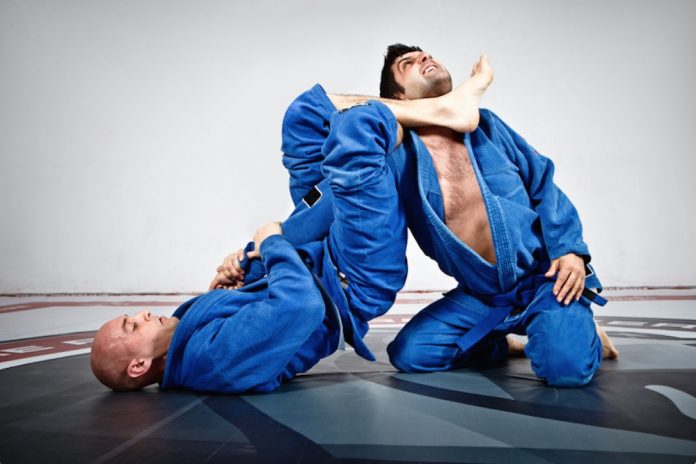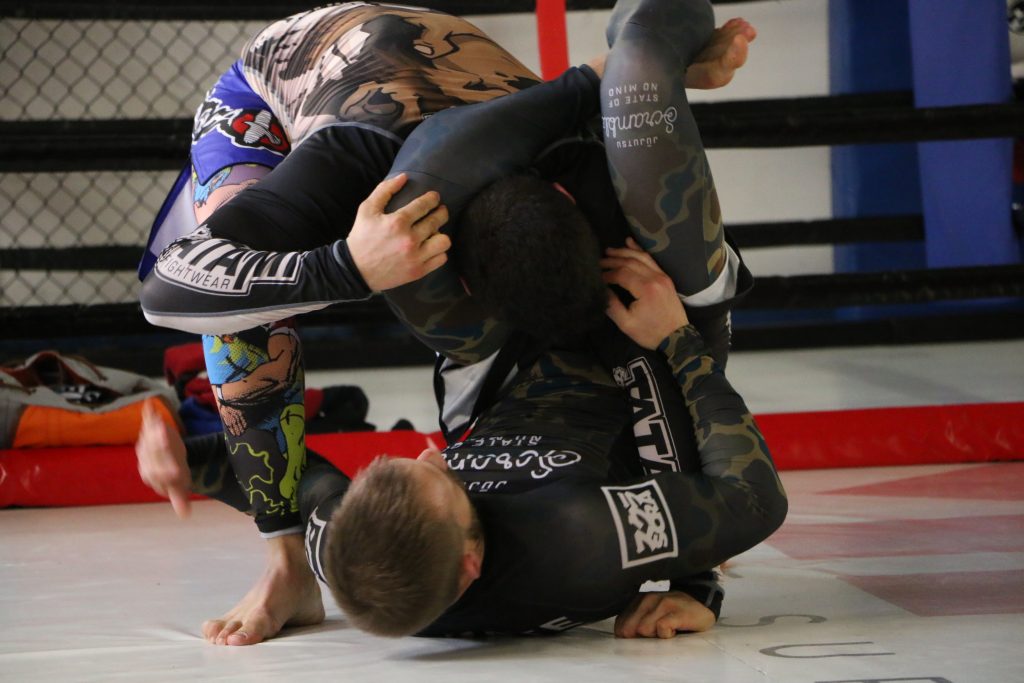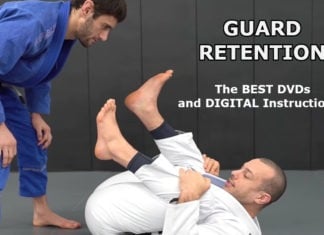
Tapping out is the one par of BJJ nobody likes to do (apart from warming up). In all honesty, tapping out is there to protect us and there’s no reason to go hating ourselves after we tap. In fact, tapping out is one of the best ways of learning in Jiu-JItsu. However, you can’t just keep tapping out and hope to master the art. At some point, you’ll have to really focus on submission defense, and that includes resisting the tap in a smart way. As you progress in BJJ you’ll figure out that you don’t have to tap out nearly as often as you think.
Before we get into tapping out in BJJ and when you should and shouldn’t let us make something clear. There are two ways of refusing to tap – the smart and the dumb way. The dumb way is holding on because of ego, of course. Best case scenario you’ll go to sleep, worst case you’ll get a limb broken. That said, while the tap out is absolutely the best possible defense in BJJ, it is also avoidable in many situations. All it takes is some common sense, a bit of submission defense knowledge and the ability to stay calm. Today, we’ll look into the secrets behind the superb submission defense of so many high-level BJJ black belts.
When Not To Tap Out
One of the most important lessons in Jiu-Jitsu is to learn to tap out. The moment you get into BJJ, you’re most likely unwilling to tap. However, you’ll soon learn that getting tapped out is as inevitable as adopting “Oss” into your daily vocabulary. As you progress, you’ll also learn that tapping out is absolutely necessary in order to learn BJJ. Here’s a spoiler – you’ll never learn to not hate the tap, though. As much as you might respect it, you’ll never love it. As should be the case.

The reason we have the tap is to give up when things get too close to what a certain submission is all about. However, it is common practice for people to tap way to early. Yeah, even deep submissions have a way out, as long as you know what you’re doing and not just thrashing around. Tapping out robs both you and your partner from the ability to really learn the move. For you, it is learning defense, and for them, how to improve the submission itself.
Submission Defense
Defending submission is some of the nastiest business in Brazilian Jiu-JItsu, It doesn’t take much for a submission defense or counter to go wrong. It takes two to make a mess out of things, but unless you’re willing to tap you’re definitely the one to blame. Still, if you can intelligently and efficiently defend yourself, even the tightest submission won’t merit a tap. All it takes is to follow some ground rules and, most importantly, know when you’re past the point of no return.

Proactive vs. Reactive
When is it easier to defend an armbar, once you’re caught deep or while your opponent is setting it up? If your answer is the latter, you’re ready for the tips and tricks of this article. If not, perhaps you still need to tap out a few more times.
Defending submissions needs to happen proactively rather than reactively, That means that once you’re deep, you either have one option left, or you’re done. That the time to tap. Other than that, as long as you’re technical you can get out. The rule of thumb here is the earlier you start escaping, the better. To make sure you’re not forced to tap, you need to think about changing the angles while an opponent is attempting to solidify a submission position. This is going to require some trial and error (lots of error) on your part. However, once you’re comfortable with it, you’ll hardly tap to anything.
Know Thy Enemy
Do you want to know what the best way of tapping out less is, regardless of your level of experience? You need to train more. Still, it is not a defense that you need to focus on, but rather attacks. Let’s say you’re having trouble with a particular submission. The answer to this is to learn everything you can about the submission itself.
The more you understand a move, the more you’ll be able to counter it. Training submissions means you know both how to hold and finish them, as well as the finer points of entering. As you can see, we’re coming back to the importance of defending submissions earlier rather than later. That, in turn, means that you know what’s happening as an opponent tries to tap you with a specific move. It also means you’ll become much better at defending each stage of submission, and conversely, tap less often.
Walking The Line
For those that are really trying to avoid the tap, this is the last resort option. In fact, it is all about last-ditch defenses that leave absolutely no place for any doubt. You’ll either escape or inevitably have to tap out. Since we’re focusing on avoiding the tap, you need to know two things about last ditch escapes in BJJ.

Get in Shape
On a different note, if you really want to stop tapping out, then do your best to get in shape. For beginners, this has a direct carryover, as the better your cardio is, the less likely your art to do a “cardio tap”. Tapping out due to exhaustion is the worst possible tap that you can do in BJJ.
For those that are more advanced, the same rule applies, albeit a bit differently. Namely, being tired can make defending much harder. Moreover, being exhausted affects your mind as well, so out goes every escape and defense strategy we covered so far. The bigger gas tank you have, the longer you’ll be able to play your game and apply any and all of the above principles to avoid tapping out.
Final Words
If your sole goal in Brazilian Jiu-Jitsu is to never tap out, you’re in the wrong sport. Not this, nor any other article on the subject is going to do you any good. If you want to improve submission defense, though, then focusing on only tapping when it comes to that is a good strategy. Be mindful though, that there’s a very fine line between being stubborn and being smart. The more you walk it, the more likely you are to get hurt. So, learn submissions, focus on defending early, get in shape, and make sure you still tap on occasion. It will come in handy, believe me.








































